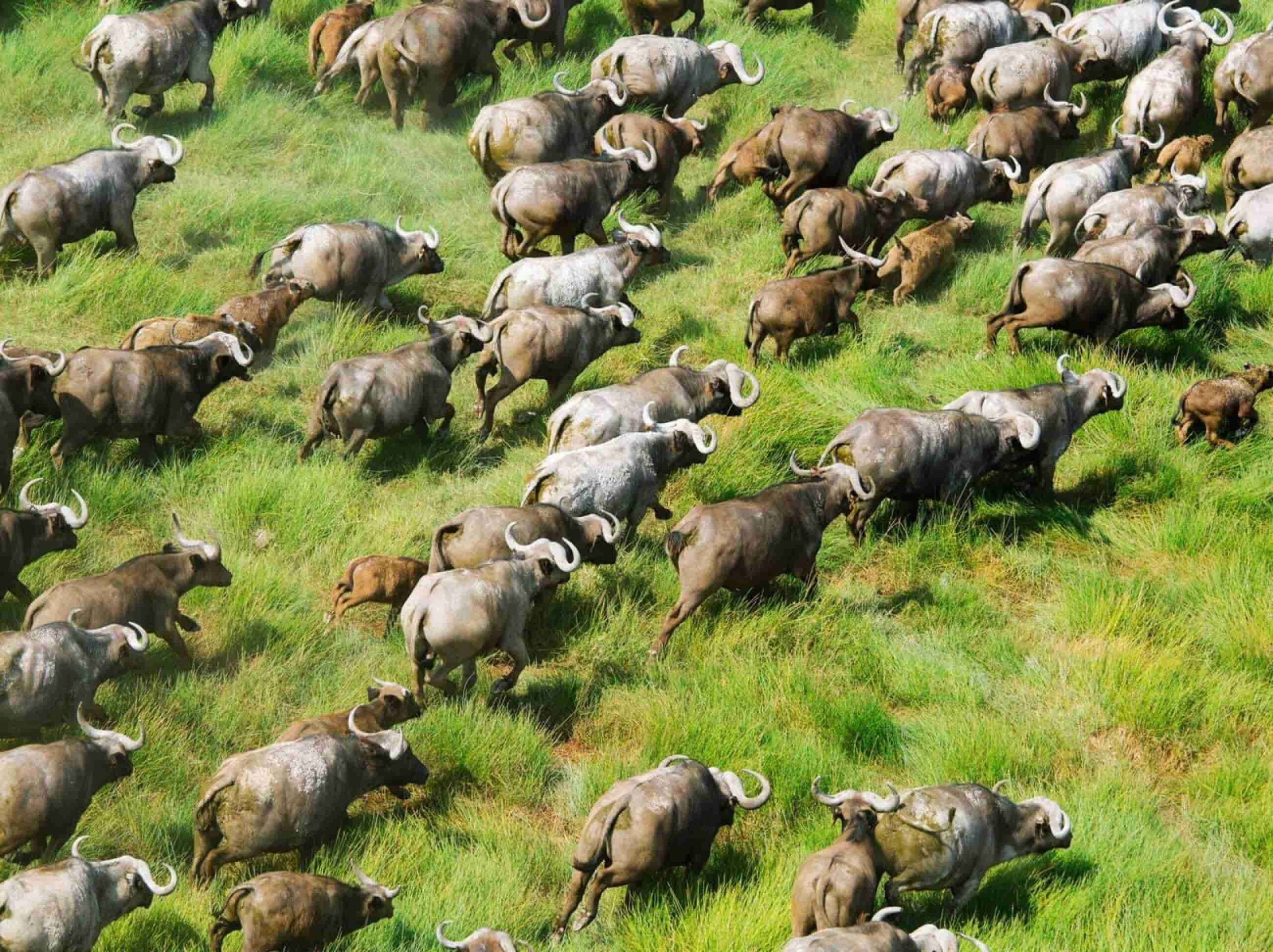This story was first printed in High Country News and is being shared here as part of the Climate Changing Activities Globally.

Nine years ago, Glenn Olson joined a group of people who, in normal situations, wouldn’t even be in the same room together. Olson sat with leaders from Shell Oil, Toyota Motors, and the National Rifle Association, as well as with hunters, scientists, and past government officials. He was the chair of bird protection and public policy at the National Audubon Society. The panel’s stated goal was to come up with a new way to fund protection that would ensure the long-term health of the country’s wildlife.
At the moment, most of the money that state and local wildlife agencies get comes from shooting and fishing license fees and equipment purchases. This money is mostly for protecting game species, while non-game species have to depend on the $60 million that agencies get from the federal budget every year. This money has to be split among more than 50 agencies, which means that many state and tribal wildlife managers have to pick and choose which species to protect. Olson’s team said that if yearly funding was raised to $1.3 billion, those groups could help thousands more “species in greatest conservation need,” bringing some populations back to health before they become threatened.
The group made the plans for the law that is now called the Recovering America’s Wildlife Act. If RAWA is passed, it would give $1.3 billion a year to wildlife agencies and $97.5 million to tribal nations for protection work. Since it was first presented in 2021, RAWA has had support from both environmental groups and businesses that want to avoid the costs that come with following government rules about protected species. In a Congress that is usually very divided, the bill has gotten extremely strong backing from both parties. Olson said, “It got to the point where we just kept getting more co-sponsors.” It was agreed upon by everyone that this would work in the long term.
RAWA is going to be voted on again this year in the Senate. Lawmakers on both sides of the aisle are still signing on to the bill, but they haven’t decided where the money will come from yet.
Now, a new bill to protect the environment may be competing for backers, especially among Republicans.

The America’s Wildlife Habitat Conservation Act (AWHCA) passed the House Committee on Natural Resources last week with a vote of 21 to 17. The vote was split down the middle between the two parties. The new bill wants to give $300 million to wildlife agencies in each state and $20 million to tribes every year for five years. However
these funds would be “subject to appropriation” by Congress, which means that Congress might not give the full amount every year. To make up for this spending, the bill would take back $700 million in government funds that were given to the National Oceanic and Atmospheric Administration through the Inflation Reduction Act. (NOAA plans to use most of the government spending money for projects that will protect and strengthen the coast.)
A staff member for the House Committee on Natural Resources said that the $320 million was the amount that the bill’s authors thought they could justify. When asked about the rescinding, the source said that the committee looked at departments that had gotten money from the Inflation Reduction Act but hadn’t spent it yet.
The bill, which is being pushed by Rep. Bruce Westerman (R-AR), who is the head of the House Committee on Natural Resources, would also change the Endangered Species Act to let states send the US Fish and Wildlife Service their own recovery plans for endangered species. In some cases, the government would have to set “objective, incremental goals” for healing. As those goals are met, the rules will become less strict. The bill would also make it harder for the agency to name private land as critical habitat. It would also get rid of the rule that government agencies have to change their land-management plans every time a new species is mentioned or a new critical habitat is named.
Supporters of Westerman’s plan say that Republicans who are careful with money will like the suggested way to pay for it. They also say that the changes to the Endangered Species Act would make it easier for private property and government agencies to work together to help species survive.
But environmentalists say the bill is full of things that make it impossible to pass. Supporters of RAWA say that the five-year sunset clause would limit what agencies can do and even who they can hire. RAWA, on the other hand, would give long-term environmental projects like forest repair the basic funds they need. It’s also a fear of many backers that the planned changes to the Endangered Species Act will make plans to protect species less strong. Rep. Jared Huffman (D-CA), who spoke out against the new bill as it left the committee, said that RAWA was the “gold standard” at the time.
When it comes to protection led by tribes, RAWA has many perks that aren’t included in the new bill. For one thing, it would give almost five times as much money, which is a big deal because that money would go to more than 574 officially recognized groups and more than 100 million acres of land. Another thing is that RAWA does away with any equal requirements for tribes, so they don’t have to keep applying for more handouts.
Julie Thorstenson, executive director of the Native American Fish and Wildlife Society, said that tribes are already doing a lot to protect wildlife. She pointed to the return of bison, salmon, and the black-footed ferret as examples of past and present work that tribes have done. RAWA wants to raise a certain amount of money every year, which would let them do more work and be more involved in national talks. They wouldn’t have to split their income between partner workshops and work on the ground. Thorstenson said, “We still need base funding for tribes, and RAWA has been the most promising way to get that.”
Senior head of wildlife, hunting, and fishing policy at the National Wildlife Federation, Mike Leahy, said that the yearly funds that RAWA is asking for are the very least that is needed to protect over 12,000 species that are in danger across the country. Leahy agreed with Westerman’s goals but said the bill has a big “political problem” because most Democrats are against taking any money away from the Inflation Reduction Act.
At the same time, RAWA has its own problems: The people behind the billion-dollar plan still haven’t agreed on where the money will come from, even though many ideas have been put forward. In earlier versions of the bill, money was sought from oil and gas leases, bitcoin taxes, and fees charged to people who pollute.
Like Leahy, Olson praised the new bill’s readiness to give a lot more money to environmental protection. But it doesn’t have the broad support that RAWA did for almost a decade, and Olson said, “In order to be durable, it almost has to be bipartisan.”







